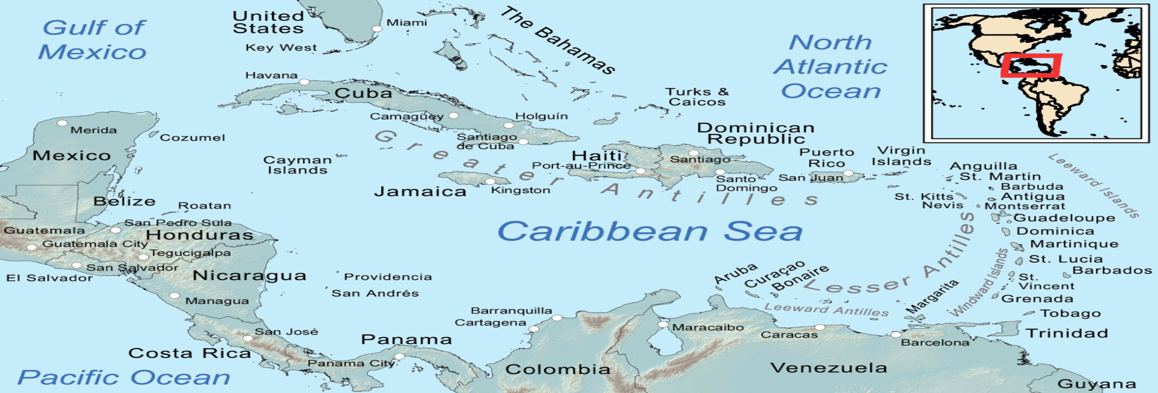
At a webinar on Zoom recently, I presented part of a research paper I had originally delivered at a conference at the University the West Indies (UWI) in 2017 entitled “The Marginalisation and Exclusion of Indians by the Caribbean Examinations Council (CXC) in the CSEC and CAPE History and Literature Syllabi”. I was later given an opportunity to do the same presentation to the CXC Board at its headquarters in Barbados. CSEC and CAPE are equivalent to the O- and A- Level exams of long ago. In the Zoom and CXC Board presentations, I focused on the history syllabi.
I argued that Indians constitute about half of the population in Trinidad and Tobago, Guyana and Suriname, and form the largest minority in Jamaica, St Lucia, St Vincent, Grenada and Belize. I emphasised that we must adopt socially-just educational practices and cited the recommendations by UNESCO, the World Forum in Dakar, and the World Conference on Education-for-All in Thailand, that minority ethnic groups should not be disadvantaged in receiving an education, or excluded from the content of the curriculum.
The CXC CSEC Caribbean History syllabus consists of ten Core Topics and nine Themes. I said that the ten (10) Core Topics outlined for the 2011 to 2017 examinations range from “The Indigenous Peoples of the Americas” to “Regional Integration up to 1985”, but that only two (2) of those ten Core Topics partially address Indo-Caribbean History (Indentureship). These are Core Topic F: “Coming of the Chinese, Europeans, Indians and Africans” and Core Topic G: “The Establishment of the Peasantry 1838 to 1900”.
Arriving in the Caribbean after Emancipation under the indentureship scheme, Indians constituted 82.4% (430,300) of all indentured immigrants, whereas the Chinese, Portuguese, German, French and liberated African indentured immigrants together amounted to just 17.6% (91,600). Despite this huge disparity in numbers, Indians are lumped together with all the other immigrant ethnic groups under one heading. Accordingly, there should be a Core Topic on the subject of Indian immigration by itself if the impact that Indian immigrants have had on shaping the region is to be fully understood.
Indian Indentureship virtually excluded
The Core Topic regarding the establishment of the peasantry deals with the period 1838-1900. However, that period cannot adequately document the establishment and development of Indo-Caribbean Peasantry because the majority of Indians acquired their own land, on which they cultivated sugar cane, cocoa, rice and vegetables and reared cattle, after the abolition of indentureship (1917), and so their history and experiences are not sufficiently represented in this Core Topic.
As for the CAPE History syllabus, the marginalisation of Indian history is even more egregious Unit 1: “The Caribbean in the Atlantic World” consists of three modules: Module 1 – “Indigenous Societies”; Module 2 – “Slave Systems: Character and Dismantlement”; and Module 3 – “Freedom in Action”. The topics of settlement and citizenship of Chinese, Indian and Portuguese immigrants constitute just one portion of Theme 1, Module 3, with (i) “their social and economic experiences during indentureship and post-indentureship”, and (ii) “resistance” forming sub-topics. Module 1 focuses on Indigenous Peoples and Module 2 concentrates on African Peoples, rebellions and revolutions. Practically no attention is given to Indian Indentureship which has been described as a new system of slavery by Hugh Tinker and other historians. This module should have at least addressed the Indian Hosay/Muharram Massacre in October 30, 1884 which has been described as the bloodiest massacre in Trinidad and Tobago under British rule.
Unit 2 focuses on the Atlantic World and its global interactions (the interconnections among Europe, Africa and the Americas). There are, again, 3 Modules: “Atlantic World: Interactions”; “Atlantic Development: Identity and Industry”; and “International Relations: Conflict and Liberation” Apart from the topic of Gandhi and the nationalist movement, the Indian/Asian world and its long-standing presence and influence on Caribbean history is completely ignored.
Let us not forget that it was European explorer Christopher Columbus’s search for a shorter trade route to India to acquire more tea, silk, cotton and spices that resulted in the discovery and occupation of the Americas which, in turn, led to the African slave trade. In its day, the spice trade was the world’s biggest industry. It established and destroyed empires, led to the discovery of new continents, and in many ways, helped lay the foundation for the modern world. Unit 2 of the CXC CAPE History syllabus should have also included a theme on the Silk Road or Silk Route which was a network of trade routes that connected China, India, Persia, Arabia, the Horn of Africa and Europe for thousands of years.
Using content analysis as my main methodology, I concluded that the CXC History syllabus was Afrocentric and that standards at the institution were beneath UNESCO’s requirements. Not one of the topics, whether core or theme, does justice to the subject of Indo-Caribbean history and Indian immigration to the region.





The blogmaster invites you to join the discussion.